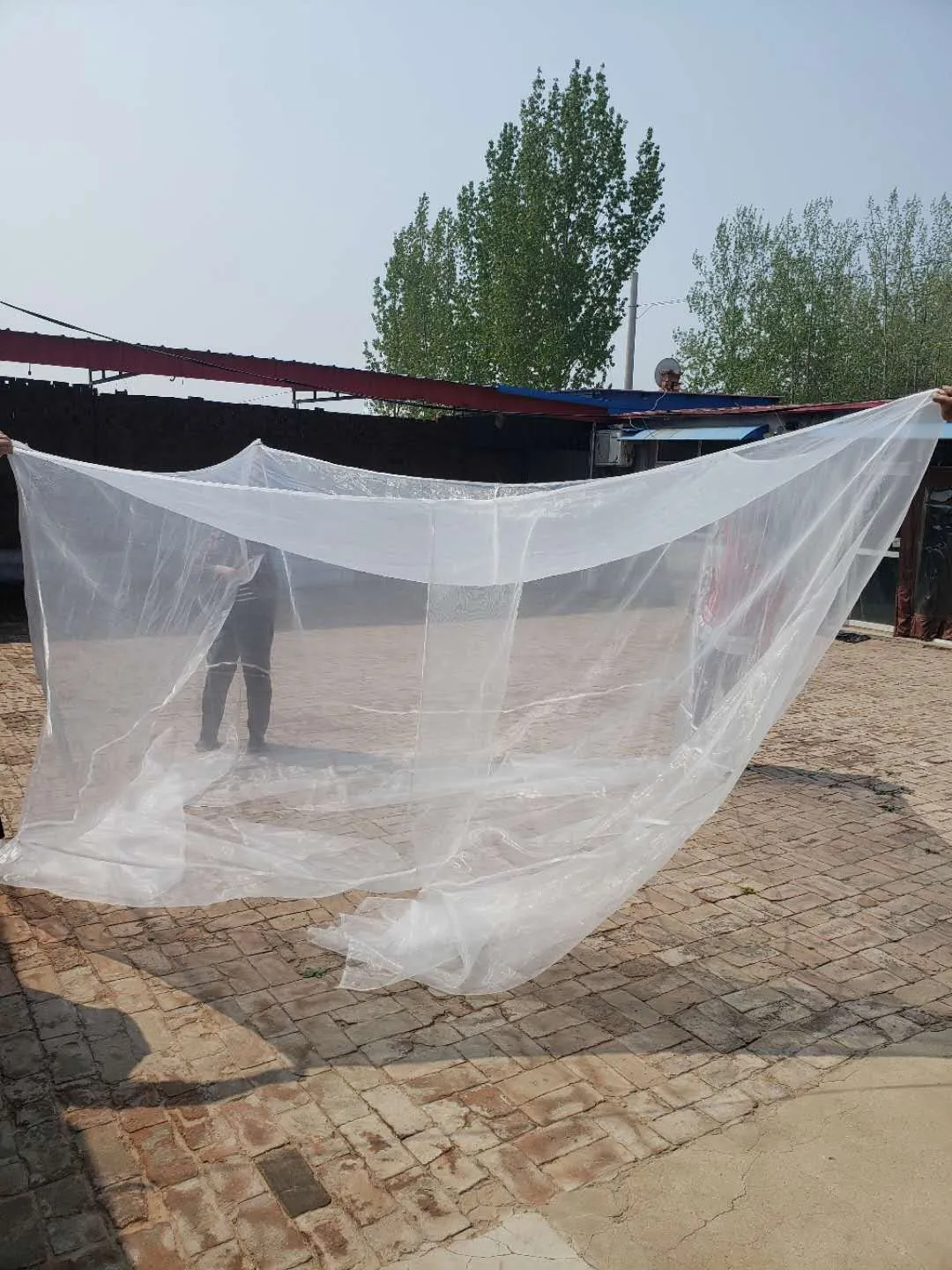-
 Afrikaans
Afrikaans -
 Albanian
Albanian -
 Amharic
Amharic -
 Arabic
Arabic -
 Armenian
Armenian -
 Azerbaijani
Azerbaijani -
 Basque
Basque -
 Belarusian
Belarusian -
 Bengali
Bengali -
 Bosnian
Bosnian -
 Bulgarian
Bulgarian -
 Catalan
Catalan -
 Cebuano
Cebuano -
 China
China -
 Corsican
Corsican -
 Croatian
Croatian -
 Czech
Czech -
 Danish
Danish -
 Dutch
Dutch -
 English
English -
 Esperanto
Esperanto -
 Estonian
Estonian -
 Finnish
Finnish -
 French
French -
 Frisian
Frisian -
 Galician
Galician -
 Georgian
Georgian -
 German
German -
 Greek
Greek -
 Gujarati
Gujarati -
 Haitian Creole
Haitian Creole -
 hausa
hausa -
 hawaiian
hawaiian -
 Hebrew
Hebrew -
 Hindi
Hindi -
 Miao
Miao -
 Hungarian
Hungarian -
 Icelandic
Icelandic -
 igbo
igbo -
 Indonesian
Indonesian -
 irish
irish -
 Italian
Italian -
 Japanese
Japanese -
 Javanese
Javanese -
 Kannada
Kannada -
 kazakh
kazakh -
 Khmer
Khmer -
 Rwandese
Rwandese -
 Korean
Korean -
 Kurdish
Kurdish -
 Kyrgyz
Kyrgyz -
 Lao
Lao -
 Latin
Latin -
 Latvian
Latvian -
 Lithuanian
Lithuanian -
 Luxembourgish
Luxembourgish -
 Macedonian
Macedonian -
 Malgashi
Malgashi -
 Malay
Malay -
 Malayalam
Malayalam -
 Maltese
Maltese -
 Maori
Maori -
 Marathi
Marathi -
 Mongolian
Mongolian -
 Myanmar
Myanmar -
 Nepali
Nepali -
 Norwegian
Norwegian -
 Norwegian
Norwegian -
 Occitan
Occitan -
 Pashto
Pashto -
 Persian
Persian -
 Polish
Polish -
 Portuguese
Portuguese -
 Punjabi
Punjabi -
 Romanian
Romanian -
 Russian
Russian -
 Samoan
Samoan -
 Scottish Gaelic
Scottish Gaelic -
 Serbian
Serbian -
 Sesotho
Sesotho -
 Shona
Shona -
 Sindhi
Sindhi -
 Sinhala
Sinhala -
 Slovak
Slovak -
 Slovenian
Slovenian -
 Somali
Somali -
 Spanish
Spanish -
 Sundanese
Sundanese -
 Swahili
Swahili -
 Swedish
Swedish -
 Tagalog
Tagalog -
 Tajik
Tajik -
 Tamil
Tamil -
 Tatar
Tatar -
 Telugu
Telugu -
 Thai
Thai -
 Turkish
Turkish -
 Turkmen
Turkmen -
 Ukrainian
Ukrainian -
 Urdu
Urdu -
 Uighur
Uighur -
 Uzbek
Uzbek -
 Vietnamese
Vietnamese -
 Welsh
Welsh -
 Bantu
Bantu -
 Yiddish
Yiddish -
 Yoruba
Yoruba -
 Zulu
Zulu
Jan . 13, 2025 12:22
Back to list
collapsible insect net
Insect collecting, a pursuit enjoyed by hobbyists, scientists, and nature enthusiasts alike, is as much about the thrill of discovery as it is about the tools of the trade. Among these tools, the insect collecting net holds a position of unparalleled importance. Recognizing this, one of the pivotal elements for a successful insect collecting adventure hinges on selecting the right net and utilizing it to its fullest potential.
Building trustworthiness in the community of insect collectors is about consistent and responsible practices. Documentation of collected species with keen observation regarding their environment adds to the knowledge base of entomology. Engage with forums or societies dedicated to insect studies, and share your experiences and insights gained from using the collecting net. Encourage budding collectors through workshops or tutorials where you demonstrate efficient techniques of capturing and cataloguing insects with the net, fostering a spirit of responsible collecting for educational and scientific purposes. Choosing the right insect collecting net isn't just about purchase decisions; it's about understanding the tool’s role in enhancing the collector’s journey through nature’s microcosm. Reflect on past collecting experiences to calibrate techniques and skills. This reflective practice means collectors can anticipate challenges, whether it's the sudden darting flight of a butterfly or the slow crawl of a beetle, and react with precision. In conclusion, a sturdy and reliable insect collecting net, when used with expertise, authority, and trust, transforms a simple hobby into an enriching experience. It links the collector to a broader community of enthusiasts and professionals dedicated to studying and preserving the intricate web of life in our natural world. The net becomes more than just a tool; it’s a gateway into understanding the delicate balance of ecosystems and the beauty encapsulated within. By adhering to these principles, collectors can add value not only to their personal collections but also contribute meaningfully to the world of entomology.


Building trustworthiness in the community of insect collectors is about consistent and responsible practices. Documentation of collected species with keen observation regarding their environment adds to the knowledge base of entomology. Engage with forums or societies dedicated to insect studies, and share your experiences and insights gained from using the collecting net. Encourage budding collectors through workshops or tutorials where you demonstrate efficient techniques of capturing and cataloguing insects with the net, fostering a spirit of responsible collecting for educational and scientific purposes. Choosing the right insect collecting net isn't just about purchase decisions; it's about understanding the tool’s role in enhancing the collector’s journey through nature’s microcosm. Reflect on past collecting experiences to calibrate techniques and skills. This reflective practice means collectors can anticipate challenges, whether it's the sudden darting flight of a butterfly or the slow crawl of a beetle, and react with precision. In conclusion, a sturdy and reliable insect collecting net, when used with expertise, authority, and trust, transforms a simple hobby into an enriching experience. It links the collector to a broader community of enthusiasts and professionals dedicated to studying and preserving the intricate web of life in our natural world. The net becomes more than just a tool; it’s a gateway into understanding the delicate balance of ecosystems and the beauty encapsulated within. By adhering to these principles, collectors can add value not only to their personal collections but also contribute meaningfully to the world of entomology.
Next:
Latest news
-
Shipping Plastic Bags for Every NeedNewsJul.24,2025
-
Safety Netting: Your Shield in ConstructionNewsJul.24,2025
-
Plastic Mesh Netting for Everyday UseNewsJul.24,2025
-
Nylon Netting for Every UseNewsJul.24,2025
-
Mesh Breeder Box for Fish TanksNewsJul.24,2025
-
Expanded Steel Mesh Offers Durable VersatilityNewsJul.24,2025











